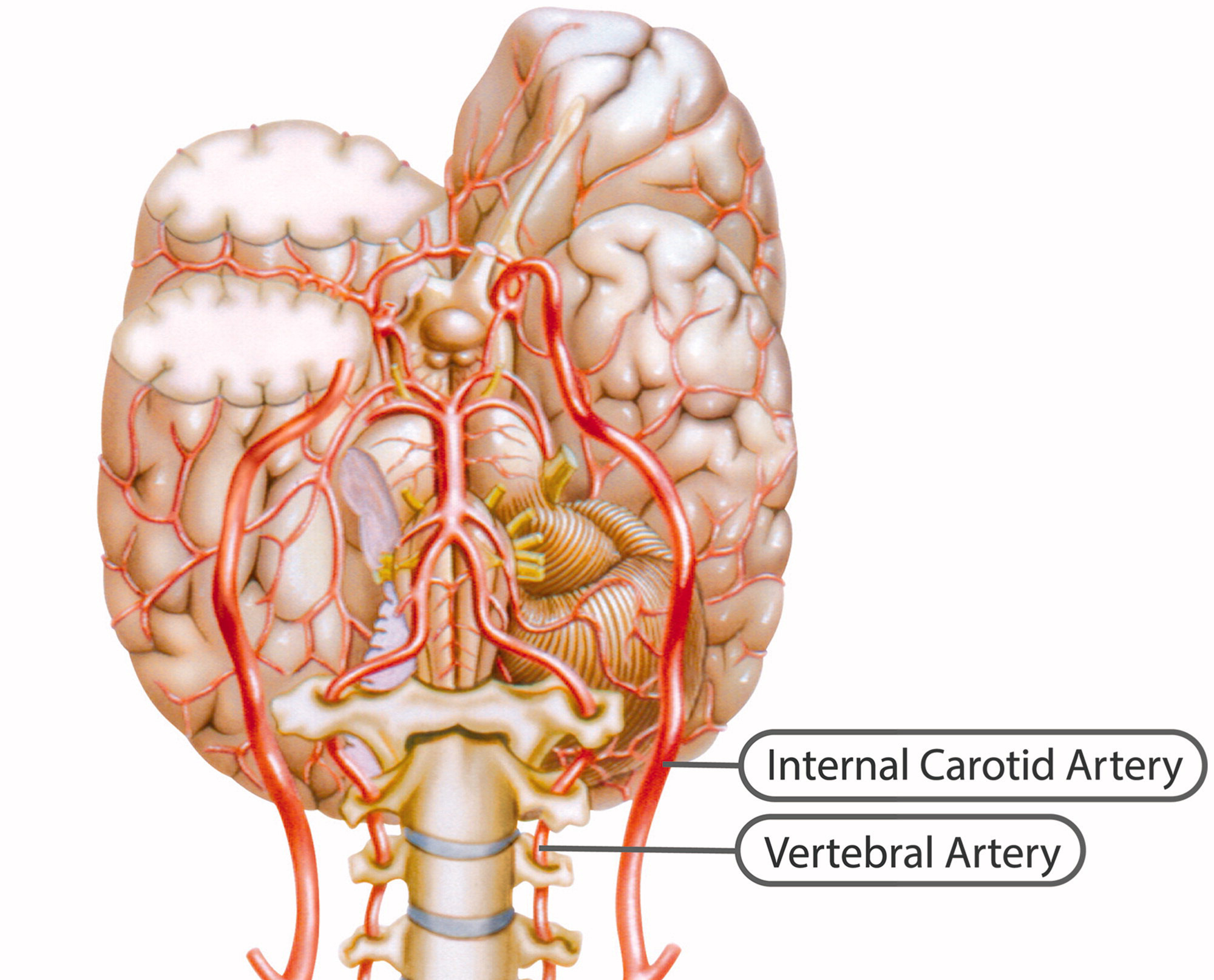Elongated Styloid Processes and Calcified Stylohyoid Ligaments in a Patient With Neck Pain: Implications for Manual Therapy Practice
SOURCE: J Chiropr Med. 2014 (Jun); 13 (2): 128–133 ~ FULL TEXT
Bart N. Green, DC, MSEd,a,b, LCDR Kristin M. Browske, MD,
and CAPT Michael D. Rosenthal, PT, DSc, ATC
a Chiropractor,
Department of Physical and Occupational Therapy,
Naval Medical Center, San Diego, CA
b Associate Editor,
Publications Department,
National University of Health Sciences,
Lombard, IL
Corresponding author at:
Marine Corps Air Station Miramar,
Branch Health Clinic,
PO Box 452002,
San Diego, CA 92145-2002. Tel.: + 1 858 577 9948
lim.yvan.dem@neerg.traB
Objective The purpose of this paper is to present a case of a patient with neck pain, tinnitus, and headache in the setting of bilateral elongated styloid processes (ESP) and calcified stylohyoid ligaments (CSL), how knowledge of this anatomical variation and symptomatic presentation affected the rehabilitation management plan for this patient, and to discuss the potential relevance of ESPs and CSLs to carotid artery dissection.
Clinical features A 29-year-old male military helicopter mechanic presented for chiropractic care for chronic pain in the right side of his neck and upper back, tinnitus, and dizziness with a past history of right side parietal headaches and tonsillitis. Conventional radiographs showed C6 and C7 spinous process fractures, degenerative disc disease at C6/7, and an elongated right styloid process with associated calcification of the left stylohyoid ligament. Volumetric computerized tomography demonstrated calcification of the stylohyoid ligaments bilaterally.
Intervention and outcome Given the proximity of the calcified stylohyoid apparatus to the carotid arteries, spinal manipulation techniques were modified to minimize rotation of the neck. Rehabilitation also included soft tissue mobilization and stretching, corrective postural exercises, and acupuncture. An otolaryngologist felt that the symptoms were not consistent with Eagle syndrome and the tinnitus was associated with symmetric high frequency hearing loss, likely due to occupational noise exposure. Initially, the patient’s symptoms improved but plateaued by the fifth visit.
There are more articles like this @ our:
Case Reports Section and our:
Conclusion Neck pain in the presence of elongated styloid processes (ESPs) and calcified stylohyoid ligaments (CSLs) can be associated with Eagle syndrome, which can include ipsilateral head and neck pain, odynophagia, dysphagia, and cerebrovascular symptoms. This case, initially thought to be Eagle syndrome, highlights proper diagnostic workup for this condition and presents potential contraindications to consider with regard to cervical spine manipulation in such patients. Manual therapy precautions pertaining to cervical spine manipulation may be appropriate in cases involving ESPs and calcified stylohyoid ligaments.
Key indexing terms: Neck pain, Manipulation, spinal, Elongated styloid process syndrome, Carotid artery, internal
From the FULL TEXT Article:
Introduction
Neck pain is a common problem in the general population with a 12-month prevalence between 30% and 50% and a lifetime prevalence exceeding 60%. [1] Because of its frequency and often-times associated disability, people seek relief of their neck pain from a variety of health care providers. [2] Cervical spine manipulation and mobilization is a common procedure employed by chiropractors, physical therapists, osteopaths, and others to relieve neck pain. [2] Anatomical variations in the neck may present relative contraindications for various types of manipulative procedures, such as high velocity, low amplitude thrust manipulation.
Read the rest of this article here!


Leave A Comment